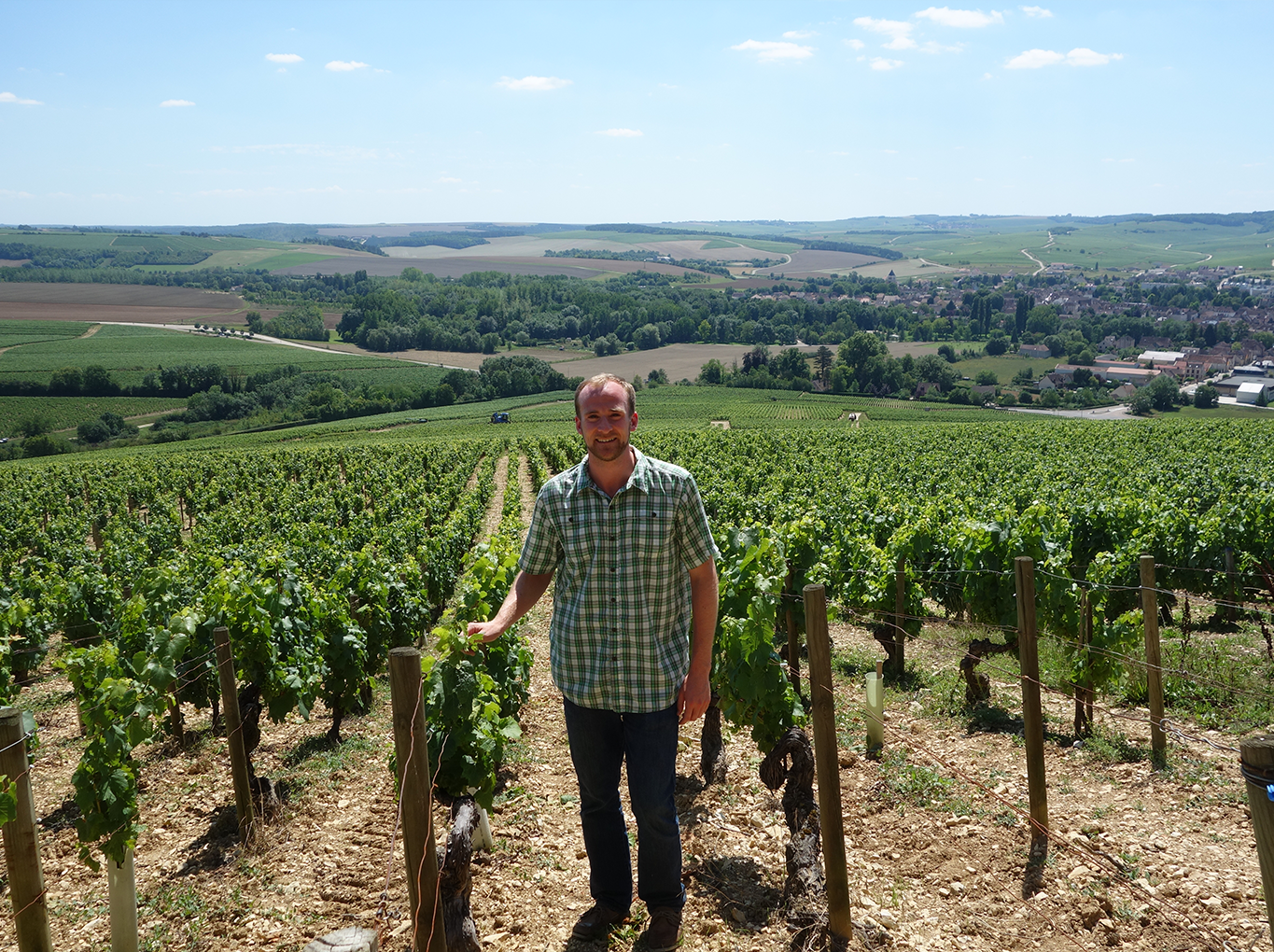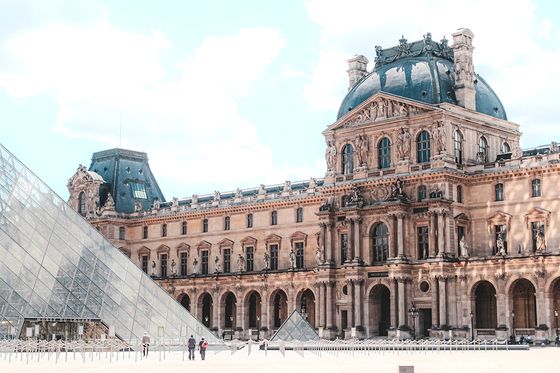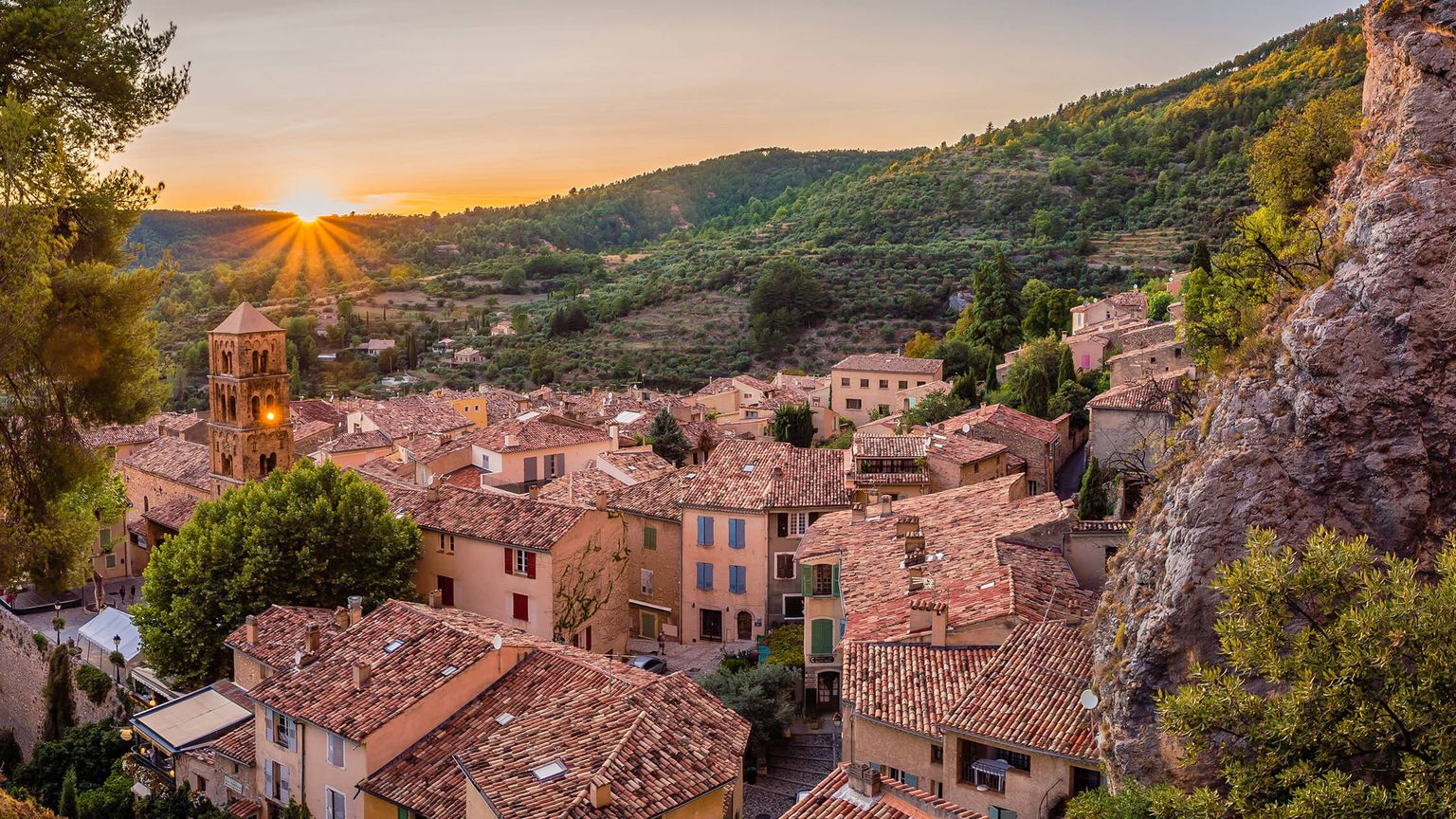
The ultimate guide to France’s wine regions
To better prepare for you for all the wine you’ll be treated to on our France tours, we’ve partnered with the experts at Wine Access to help demystify the world of French wine and French wine regions.
For many of us, a trip to France isn’t complete without partaking in one of the country’s most famous exports: wine! We love our Burgundy, our Champagne, and our Bordeaux. Learning about and then sipping the stuff is part of what makes every trip to France so delicious. But for the rest of us, French wine (or even wine in general) can be a little intimidating, and words like terroir and tannins might have us reaching for the nearest dictionary! But French wine doesn’t have to be daunting, especially if you’re getting to delve into it right at the source on our French food and wine tours.
To better prepare you for all the wine you’ll be treated to on our France tours, we’ve partnered with the experts at Wine Access to help demystify the world of French wine and French wine regions. Wine Access curates some of the most incredible bottles from around the world, from the big names you find in top restaurants to small producers that wine fans geek out on. Vanessa Conlin, Wine Access’ Master of Wine and Chief Wine Officer, talked us through Burgundy, rosé, and more. Plus, she answered that age-old question: What’s the difference between Champagne and sparkling wine?
Read on for a fun and accessible French wine guide. And if you’re craving some of that good wine ahead of your trip, peruse Wine Access’ entire collection of French wine. A bottle or two will definitely get you ready for your next trip to France.

French wine by region
One of the most exciting things about the world of French wine is that different regions of France have, over the centuries, developed their own culture around wine. That has led to a distinct style of winemaking and wine drinking. “The most famous French wine regions are probably Bordeaux, Burgundy, and Champagne,” Conlin explained, adding that there are also great wines in the Loire Valley and on the French island of Corsica. “There are many things that make them different from one another, like terroir, but also different winemaking traditions, different permitted varieties, and in some cases, classifications that are an indication of quality.”
There’s that word terroir, or the total natural environment in which the wine is made. This includes not only the soil the grapes are harvested from, but also the climate, proximity to things like water, and much more. Every French wine region will be heavily characterized by its terroir.
So let’s take a closer look into four popular wine regions—you’ll likely be visiting at least one of them on our tours of France.

1. Champagne (and sparkling wine)
According to Conlin, the most important thing to know about French bubblies is this: “True Champagne can only come from the region of Champagne,” she said. “Wines can be made in the same method elsewhere in France, but they cannot be labeled Champagne.” Wines with bubbles made outside the Champagne region are simply called sparkling wine.
The Champagne method is the most time-consuming way to make high-quality sparkling wine. This includes a second round of fermentation, riddling (or rotating sparkling wine bottles as the wine is aging), and aging on the lees, which is critical to getting that toasty profile that is characteristic of Champagne. And remember, Champagne must be aged for at least 15 months. But some of the best in the market are aged for much longer.
During our 12-day Food & Wine: A Taste of Bordeaux & Burgundy tour, you can add a trip extension to Champagne, which includes a visit to Epernay to tour one of the region’s most celebrated Champagne producers. But the big bonus about Champagne is that you can easily make it a day trip from Paris; it’s that close. Visiting one or two Champagne houses is the perfect way to spend a free day during our Paris: The City Experience tour.
Champagne pairs well with: Pairing champagne can be really fun, because just like still wine, there are many different varieties of the bubbly stuff. A classic Brut Champagne (the driest out there) can go with steak, while rosé Champagne might be a great partner to duck dishes and cured meat. But take it from the masters at Wine Access: “Champagne goes with just about anything, especially salty foods and rich foods like a ham and cheese croissant, or just by itself!”

2. Burgundy
The eastern pocket of central France is world-famous for two wine grapes that you may already be familiar with: Chardonnay and Pinot Noir. But these grapes are locally known as white Burgundy (for Chardonnay) and red Burgundy (for Pinot Noir). And have you heard of the wine Chablis? That’s actually the term used for Chardonnay made in Chablis, a town known for its fantastic white wines from Chardonnay grapes.
Conlin explained that in France, you are expected to know that if a bottle is labeled from a certain region, there is only one or a few varieties it can be. “Chablis is a great example of that, because the only grape variety grown in the Chablis appellation is Chardonnay,” she said. “So if you see a bottle labeled Chablis, you can know for sure that it is 100% Chardonnay.”
Our Food & Wine: A Taste of Bordeaux & Burgundy itinerary tours the walled town of Beaune. You’ll find prized wineries and vineyards all around it, including the appellation of Nuits-Saint-Georges. That’s where France’s best Pinot Noirs are made. But if you don’t make it to Nuits-Saint-Georges, don’t fret—you can’t go wrong with a tasting anywhere in the region. After all, Burgundy is so famous for its winemaking that parts of it are listed on the UNESCO World Heritage list.
Burgundy pairs well with: Some of the best foods to pair with Burgundy’s most iconic wines are also the most traditional. The Wine Access team suggested pairing oysters with Chablis, which has fruity aromatics and citrusy, sometimes herbaceous flavors. As for red Burgundy, which could be juicy and fruit-forward or a little spiced depending on the vintage, try a classic coq au vin.

3. Bordeaux
Just like with Burgundy, saying the word Bordeaux usually refers to a specific type of wine. “Bordeaux is almost always a blend, whether it’s a red or white wine,” Conlin said. “But you can be sure that if you’re drinking a red from Bordeaux, it will likely be a combination of Cabernet Sauvignon, Merlot, Cabernet Franc, Malbec, and/or Petit Verdot grapes.” Conlin also said that white blends from Bordeaux will usually be a mix of Sauvignon Blanc and Semillon.
Located in southwest France, Bordeaux boasts 120,000 hectares of vineyards—the most in the country. Some of the most expensive wines in the world come from this famous French wine region. Our Food & Wine: A Taste of Bordeaux & Burgundy tour already includes vineyard tours and tastings, especially around the picturesque medieval commune of Saint-Émilion. But there is also an entire free day on that itinerary that could be spent on an excursion to visit an oyster producer and an atmospheric winemaking château.
Bordeaux pairs well with: Red Bordeaux is famous for its beautiful structure and bold, flavorful profile. And for that, Wine Access recommended a fortifying bowl of the classic French stew boeuf bourguignon.
4. Provence
Unlike Champagne, Bordeaux, and Burgundy, Provence doesn’t have the same established reputation as a French wine region. But if there is an iconic wine-related reference point for the country’s southernmost area, it’s rosé. Red, white, and sparkling wines are also made in this region, but over 80% of production is the pink stuff. Subregions like Bandol have established a fantastic reputation for making some of the best rosé wines in France. “The wines are just so delicious,” Conlin said of Provençal rosé. “Winemakers in the region perfected the perfect gorgeous color in the glass, which almost all other rosé producers aimed to replicate. They tend to be fairly budget-friendly as well!”
The forever-summer vibe around drinking rosé in Provence is pretty infectious, too. During our Provence & the French Riviera Walking Tour, you’ll see just how seamlessly rosé complements the easygoing lifestyle throughout the South of France.
Provençal rosé pairs well with: For some people, rosé pairs with pretty much anything. Its typically bright, fruit-forward profile can complement an incredible variety of meals. Drink it with sushi. Sip it with spicy dishes. You simply can’t go wrong. “Rosé is not complicated,” said Conlin. “It’s easy to drink, from poolside to Thanksgiving, which can be notoriously difficult to pair.”

How to make the most of your French winery visit
Whether you’re on one of our dedicated Food & Wine tours or exploring on one of our broader France itineraries—like our brand-new French Riviera & Provence: Nice, Avignon & Aix-en-Provence—most of our trips to France include a visit to a vineyard or weave in a wine tasting. After all, wine is such an important part of French culture. So while you’re out there swirling your way through wineries, here are a few more expert French wine tips, with some help from our friends at Wine Access.
- Don’t be intimidated by price. If you’re thinking that wine is going to be an extravagant splurge, fret not. Just like anything else out there, there will be a variety of price points to shop for a bottle to take home. “You can find some amazing values in most regions, even in places like Champagne and Burgundy,” Conlin said.
- Ask questions. If you book a wine tasting, the experience will likely include a guide from that region... They’ll usually give you a general overview of the estate and the wines you’re going to try. Ask as many questions as you can dream up. That’s why they’re there—they want to turn you into new fans of their brand.
- Pace yourself. Wine Access suggested avoiding making too many winery appointments a day. Two at most will do. “You really want to be able to enjoy the visits, and not be rushing to make it to the next appointment," Conlin said. They also mentioned not feeling like you need to drink every drop of wine poured into your tasting glass, because after a while, those sips add up. “You don’t have to drink everything—the winemaker will not be insulted,” Conlin said. “Wineries will provide a spittoon so that you can either spit out your wine or pour out what you don’t want.”
- Do your research. When you’re touring with us, language barriers won’t be an issue. But if you’re planning on spending your free day visiting smaller wineries and you don’t speak French, you’ll want to look into which languages their guides speak. The bigger, more internationally established wineries typically offer tours and tastings in multiple languages. But it never hurts to confirm this when making your appointment.
- Avoid the tasting fee. Wineries will of course charge a fee for organizing your wine tasting. But a pro-tip from Wine Access? If you like what you tasted, buy some wine. “The winery will likely waive the fee if you purchase wine, which is always appreciated no matter what region you are visiting,” Conlin said.
Ready to sip these wines in France? Start planning your perfect France trip with us!


































































































